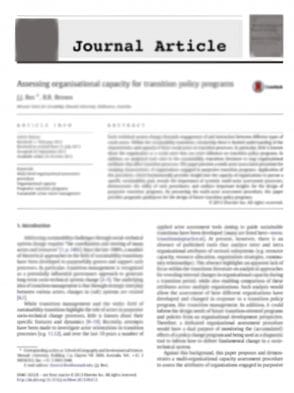Watering our Cities: The capacity for Water Sensitive Urban Design to support urban cooling and improve human thermal comfort in the Australian context.
Abstract
Urban drainage infrastructure is generally designed to rapidly export stormwater away from the urban environment to minimize flood risk created by extensive impervious surface cover. This deficit is resolved by importing high-quality potable water for irrigation. However, cities and towns at times face water restrictions in response to drought and water scarcity. This can exacerbate heating and drying, and promote the development of unfavourable urban climates. The combination of excessive heating driven by urban development, low water availability and future climate change impacts could compromise human health and amenity for urban dwellers. This paper draws on existing literature to demonstrate the potential of Water Sensitive Urban Design (WSUD) to help improve outdoor human thermal comfort in urban areas and support Climate Sensitive Urban Design (CSUD) objectives within the Australian context. WSUD provides a mechanism for retaining water in the urban landscape through stormwater harvesting and reuse while also reducing urban temperatures through enhanced evapotranspiration and surface cooling. Research suggests that WSUD features are broadly capable of lowering temperatures and improving human thermal comfort, and when integrated with vegetation (especially trees) have potential to meet CSUD objectives. However, the degree of benefit (the intensity of cooling and improvements to human thermal comfort) depends on a multitude of factors including local environmental conditions, the design and placement of the systems, and the nature of the surrounding urban landscape. We suggest that WSUD can provide a source of water across Australian urban environments for landscape irrigation and soil moisture replenishment to maximize the urban climatic benefits of existing vegetation and green spaces. WSUD should be implemented strategically into the urban landscape, targeting areas of high heat exposure, with many distributed WSUD features at regular intervals to promote infiltration and evapotranspiration, and maintain tree health.
